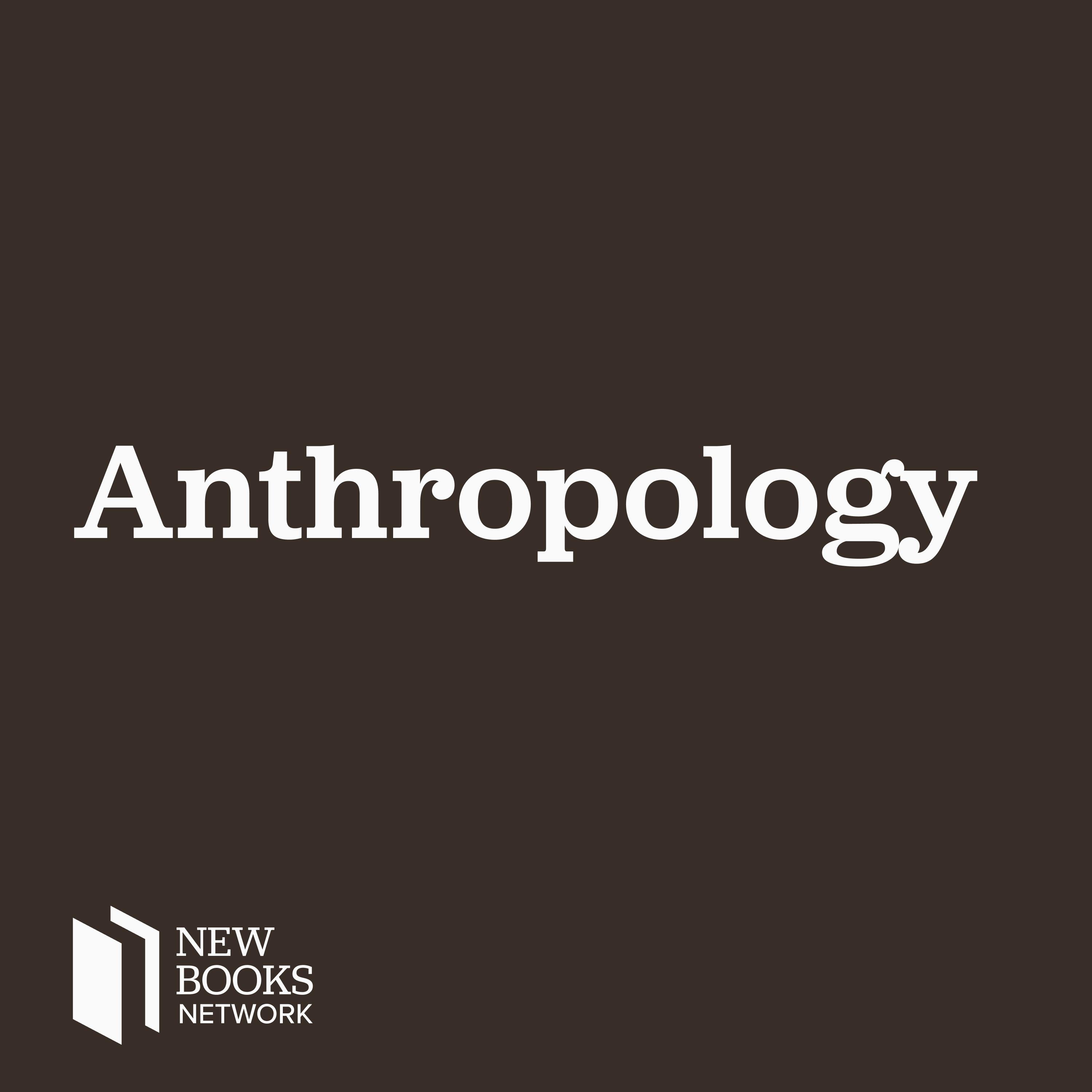What Can Australian Message Sticks Teach Us About Literacy?
Description
Ingrid Piller speaks with Piers Kelly about a fascinating form of visual communication, Australian message sticks.
What does a message stick look like? What is its purpose, and how has the use of message sticks changed over time from the precolonial period via the late 19th/early 20th century and into the present? Why do we know so little about message sticks, and how has colonialism shaped our knowledge about message sticks? How did message sticks fit into the multilingual communication ecology of precolonial Australia? And, of course, the million-dollar question: are message sticks a form of writing?
First published on August 18, 2020.
“Chats in Linguistic Diversity” is a podcast about linguistic diversity in social life brought to you by the Language on the Move team. We explore multilingualism, language learning, and intercultural communication in the contexts of globalization and migration.
Learn more about your ad choices. Visit megaphone.fm/adchoices
Support our show by becoming a premium member! https://newbooksnetwork.supportingcast.fm/anthropology
More Episodes
The Indian state of Kerala is one of the largest blocs of migrants in the oil economies of the Arab Gulf.
Looking closely at the cultural archives produced by and on the Gulf migrants in Malayalam -- the predominant language of Kerala -- The Gulf Migrant Archives in Kerala: Reading Borders and...
Published 05/01/24
What does cow care in India have to offer modern Western discourse animal ethics? Why are cows treated with such reverence in the Indian context? Join us as we speak to Kenneth R. Valpey about his new book Cow Care in Hindu Animal Ethics (Palgrave Macmillan, 2019). Valpey discusses his...
Published 04/30/24
Labor and race have shared a complex, interconnected history in America. For decades, key aspects of work—from getting a job to workplace norms to advancement and mobility—ignored and failed Black people. While explicit discrimination no longer occurs, and organizations make internal and public...
Published 04/30/24


